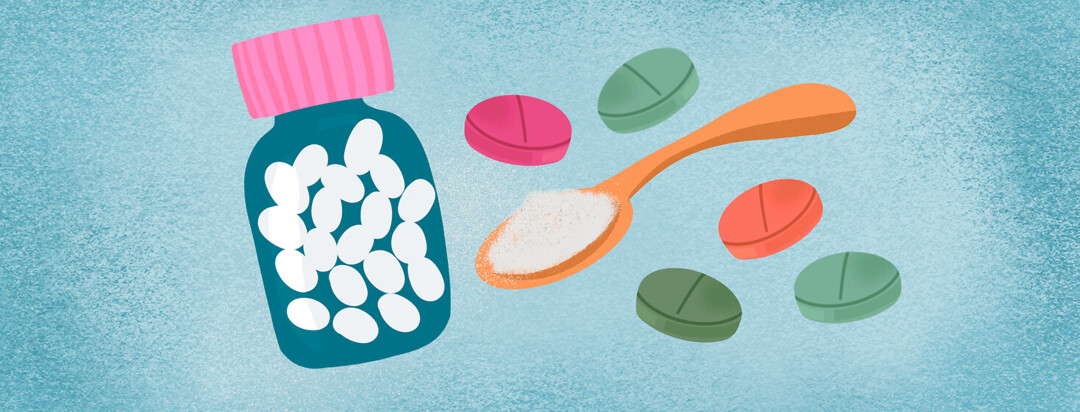Tips for Overcoming Hyponatremia
Occasionally, people with cystic fibrosis (CF) can experience electrolyte imbalances. These electrolyte imbalances include hyponatremia, hypochloremia, hypokalemia, and metabolic alkalosis. Collectively, these are referred to as Pseudo-Bartter syndrome. The topic of this article is hyponatremia, also known as low sodium blood levels.
What is hyponatremia?
The definition of hyponatremia is serum sodium concentration below 135 mEq/L. For most of us, this value doesn’t mean anything, as we don’t walk around measuring our blood sodium levels. Hyponatremia can develop from excessive loss of sodium and chloride through the skin, for example, when sweating. It can further be worsened in those who don’t have adequate sodium intake through their diets.
Hyponatremia and cystic fibrosis
People with cystic fibrosis are at an increased risk of sodium loss, and therefore hyponatremia, during times of increased sweating or diarrhea.1 This is due to the defective chloride ion transport channel. The risk is higher in people living in hot countries, where up to 95% of people with CF have experienced at least one episode.2
Who is at most risk?
Babies and infants are particularly susceptible because the salt content of breast milk or infant formula may not be enough.3 Sodium supplementation may be recommended in these cases.
Signs and symptoms
Symptoms of hyponatremia are non-specific; they include:4
- Chronic fatigue
- Low blood pressure
- Confusion
- Headache
- Restlessness
- Nausea and vomiting
- Muscle weakness
Serious hyponatremia can lead to complications such as:5
- Edema
- Muscle cramps
- Seizures
- Coma
How can hyponatremia be prevented?
When hyponatremia develops, it can be treated with intravenous 3% saline. However, the key is to prevent hyponatremia from developing. Some tips to prevent hyponatremia include:6
- Understand the signs & symptoms of hyponatremia - seek emergency care right away when you experience any of the above signs and symptoms.
- Drink water in moderation - we are often encouraged to drink large amounts of water during exercise. However, that advice can be harmful. The key is not to drink too much; assess the color of your urine and thirst levels. For example, if urine is dark in color it likely indicates dehydration and the need to ingest more water, especially if coupled with feelings of thirst. If urine is pale in color and thirst is absent, that can be a sign to cut back on water intake.
- Take electrolyte supplements when appropriate - endurance athletes are known to be at risk for hyponatremia. If you intend on partaking in prolonged exercise, for example hiking for 12 hours, or anticipate being exposed to the heat, then supplemental sodium is a good idea. Electrolyte drinks are a good option; however, most do not contain enough sodium to correct low sodium levels. Salt tablets or ingesting foods that are salty such as popcorn and pretzels are also other options.
Have you or your loved one with cystic fibrosis experienced hyponatremia? Share your experience with us in the comments below.

Join the conversation